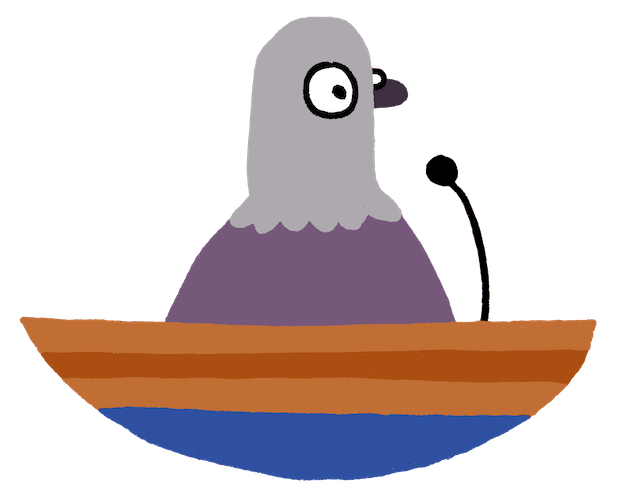Your guide to NYC's public proceedings.
Q&A
Early impact of congestion pricing on taxi and FHV industry
0:49:48
·
4 min
Council Member Brooks-Powers inquires about the early impact of congestion pricing on the taxi and FHV industry. Commissioner Do provides initial data and insights on trip volumes and surcharges.
- Taxi trips have increased by 10% in January compared to January 2024
- FHV trips have remained relatively stable, with a slight 1% decline
- Surcharges for trips in the congestion zone: $0.75 for yellow taxis, green cabs, and black cars; $1.50 for high-volume FHVs like Uber and Lyft
- Early data suggests faster trip times in the CBD, potentially incentivizing drivers to operate in the zone
- Changes in customer behavior may lead to increased use of TLC vehicles as people leave private cars at home
Selvena N. Brooks-Powers
0:49:48
Thank you.
0:49:49
And just quickly gonna pivot to congestion pricing, and then I'm gonna yield for my colleagues to ask questions.
0:49:55
Tolls imposed by congestion pricing will likely be passed down to consumers in the form of increased fares.
0:50:02
Will this drive down passenger demand or have you noticed that it's driven down passenger demand for taxis and for higher vehicles negatively impacting the industry?
David Do
0:50:14
So actually, council member, we've seen, for the for the data, we don't have that much data yet.
0:50:20
It's only been thirty days since, the, since, we put in congestion pricing as a city.
0:50:28
However, the early data shows us that, actually, taxi trips have increased by 10%, in the month of January compared to January 2024.
0:50:38
And FHV trips have remained relatively the same.
0:50:42
And, you know, there's some fluctuations, but, in the FHV industry, we see a 1% decline in overall trips.
0:50:51
And I think this is, again, natural, growth of the industry, and then also, you know, some relatively, weird things in the data.
0:51:03
And so we wanna look at a longer period of time, versus just one week of time.
0:51:09
Generally, the city's DOT looks at this data and provides it, and then also works with the MTA as they are, the agency that is, working, directly on these subsidies.
Selvena N. Brooks-Powers
0:51:23
And to clarify what you just said, you're saying the FHV trips remained the same, but there was a 1% decline?
David Do
0:51:29
Relatively the same.
0:51:30
Right?
0:51:30
It was about a 1%.
Selvena N. Brooks-Powers
0:51:32
So it hasn't remained the same.
0:51:33
They've seen a slight decline of 1%.
0:51:35
But the But it
David Do
0:51:36
just, like,
Selvena N. Brooks-Powers
0:51:37
yellow caps fell one.
0:51:38
Yeah.
David Do
0:51:39
It could be, many different fluctuations in that data.
0:51:42
This is a week's time.
0:51:43
And so we week over week, year over year, the data, can be, a little bit unclear.
Selvena N. Brooks-Powers
0:51:51
And with congestion pricing, considering these this new, surcharge, have you has the increase has there been a noticeable increase in the cost per trip?
David Do
0:52:06
So, as you mentioned, right, we worked with the industry.
0:52:12
We work with a variety of different stakeholders to ensure that it wasn't $9, right, per trip or even 15 at that point.
0:52:22
And where we landed on for high volume FHV trips, it was going to be, well, now in this new iteration, a dollar 50, for high volume FHVs like Uber and Lyft.
0:52:35
For community car bases, it's 75¢.
0:52:37
For black car bases, it's 75¢.
0:52:40
For yellow taxis, it's 75¢.
Selvena N. Brooks-Powers
0:52:42
But earlier in in your, response to another question, you said, like, drivers make their independent decisions on what type of trips they wanna take, and some may find that it there's an incentive of going into the CBD.
0:52:58
What would that incentive be for them?
David Do
0:53:02
So the incentive of going into the CBD, I think we know, in the initial data that you can get more trips faster.
0:53:10
You can move through the CBD on average before, before congestion pricing for a long period, the speeds of this congestion relief zone was much slower.
0:53:22
And so if you can move faster, if you can get passengers to your destination just a little bit quicker, it means that you get a little bit more free time now to search for that next fare instead of waiting in traffic.
Selvena N. Brooks-Powers
0:53:33
The congestion price and surcharge for yellow taxi, green cabs, and black cars is 75¢ for each trip into, out of, and within the congestion relief zone while the surcharge is a dollar 50 per trip for Uber and Lyft.
0:53:48
Just wanting to see again, going back to that incentive?
0:53:53
Is it just really time based that incentivize them to go in there, or do you find that in addition to these surcharges, is there, like, another layer, you know, to the the cost per trip?
David Do
0:54:10
It's also customer behavior.
0:54:11
I think on the opposite side, if they're put if they're leaving their private cars at home, potentially, they are going to look at other options, including FHVs and, TLC vehicles in general.
Selvena N. Brooks-Powers
0:54:25
Thank you.
